Oxfordshire Mind’s Physical Activity team are offering a weekly ‘virtual walk’ this week the team are visiting the surface of the moon:
Hello, walker. This is mission control. Today we have a very special journey to undertake. A walk on the surface of the moon. You have been specially selected for this mission, and I have absolute faith that you will complete it to the best of your ability.
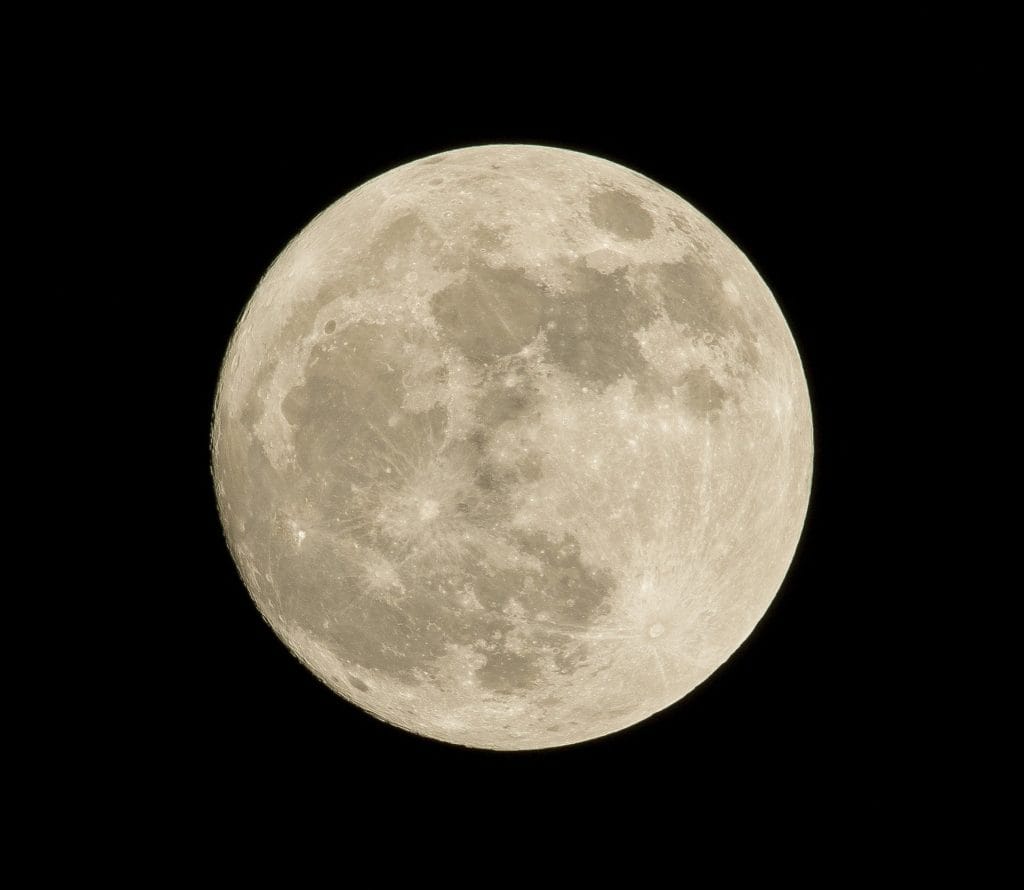
You might feel very alone, shielded behind the protective bubble of your spacesuit helmet. But you have no reason to be afraid. You’ve already travelled so far, and endured so much, to arrive at this moment. The nailbiting countdown, the crushing g-force, the teeth-juddering ride through the earth’s atmosphere—all of that is behind you, and now you’re here, looking out on the ‘magnificent desolation’ which stretches out, vast and empty, beneath the feet of your landing module.
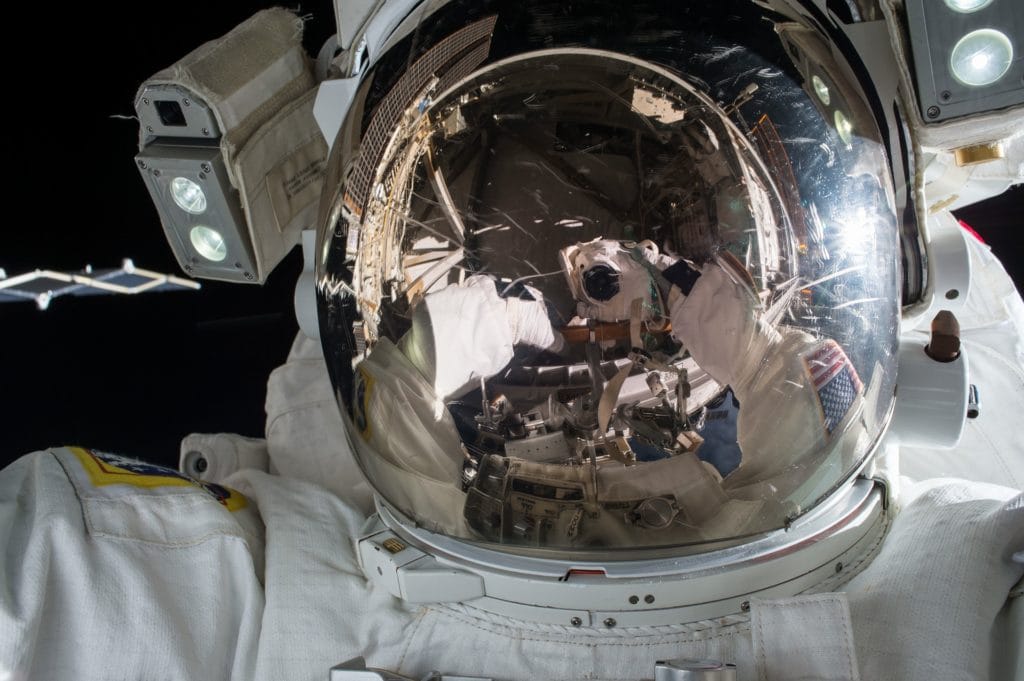
There is bleakness in that, yes, but also a stark beauty. Up here, everything is simple. It’s just you, your mission, and the silence of space. And, me of course. I will be with you every step of the way.
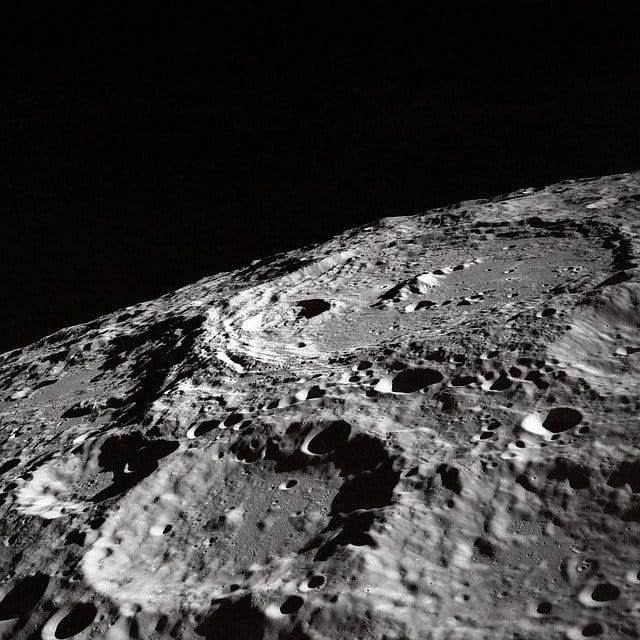
So whenever you’re ready, descend the ladder from the landing craft and begin your mission. All it takes is one small step.
The first thing you will notice about walking on the moon is the gravity. The moon’s gravity is one sixth that of earth, which makes traversing its surface a little like walking on a trampoline. You’ll need to move in a slow bouncing gait, or small bunny hops, to avoid losing your balance.
The view before you is one of high contrast. The surface of the moon is brilliant gray, so bright that it’s almost white. You imagine that without the protection of your spacesuit helmet it would dazzle your eyes, like walking on a ski slope. The sky, on the other hand, is black, pure black, not even broken up by stars- you can’t see them when you’re walking on the moon, because of all the light reflecting back at you from the ground.
The surface under your feet is coated by a fine dust, like talcum powder, made up of little pebbles and pulverised rock that were crushed by meteor impacts centuries and centuries ago. You’ll take that back with you on your boots when you return to your spacecraft- concrete proof that this whole thing was not just a dream, and you did actually set foot on the moon.
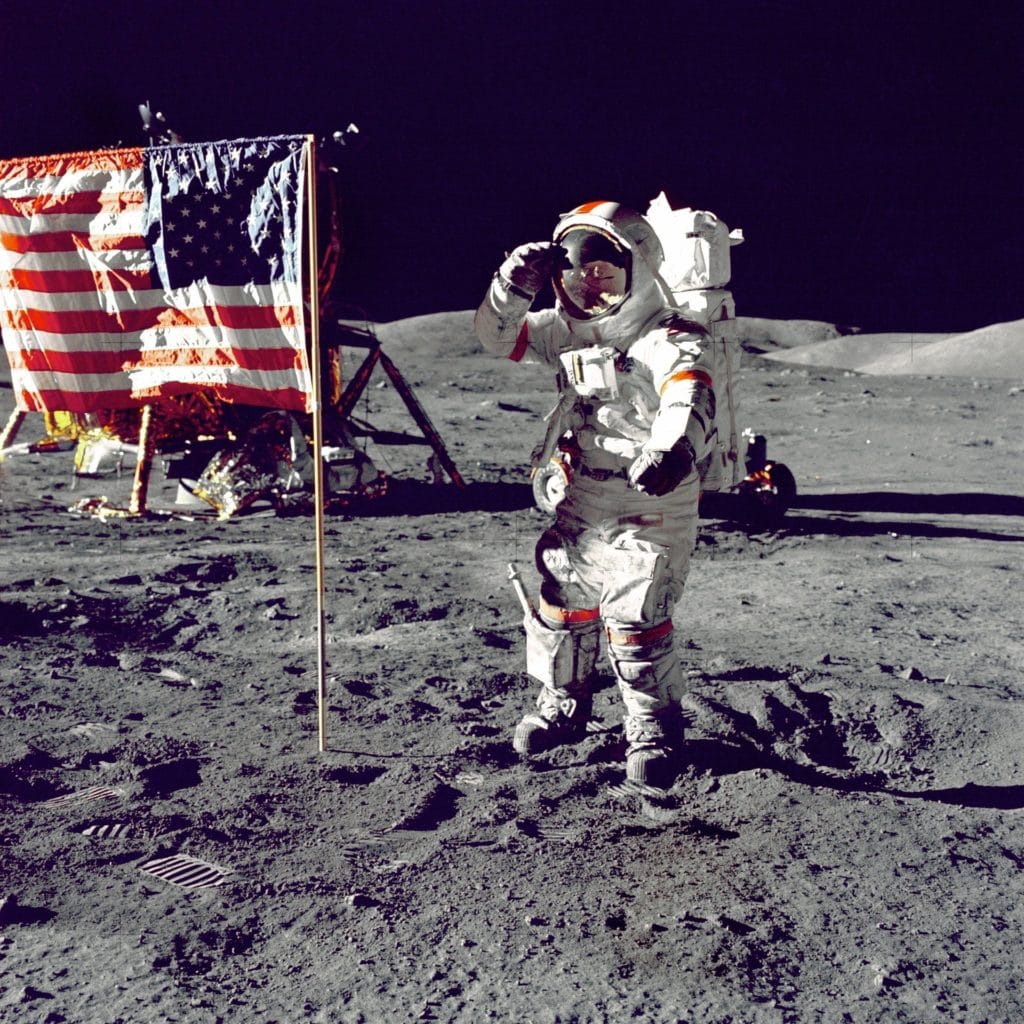
Here’s your objective: the flag planted by one of the Apollo missions, still standing after all these years. It can’t flutter, because there’s no breeze in space, but it’s held out to the side by a pole so that it can stand proud. The stars and stripes are still faintly visible, even though the fabric’s in tatters and the colours have faded due to sunlight and space radiation. It’s such a strange idea, if you think about it, planting a flag on the moon. Who’s going to see it, after all? But there’s something oddly touching about the thought of that flag standing there all this time, unobserved , unnoticed, but still doing its job.

Here you can also see the footprints left by astronauts from those first moon missions. They’ve remained there undisturbed for over fifty years, because there’s no wind or rain to sweep them away. Your footprints will also endure, long after your visit today has ended, silently bearing witness to everything you’ve achieved and the remarkable things you’ve seen.
Plant your probe at the base of the flag and wait while it takes its readings. This is a good moment to stop and take in the view of the earth, that beautiful blue-green marble, shrouded in swirls of cloud. Remarkable, isn’t it, that the place where you’ve lived and dreamed and laughed for all your life so far seems so small and far away? You can cover it up with your thumb. There’s a kind of peace, I think, in knowing you’ve left your entire life down there , 384 000 kilometres away. To forget about your responsibilities, your identity, and everything that you used to think was important- and just stand here in awe, contemplating the majesty of what’s right before your eyes.
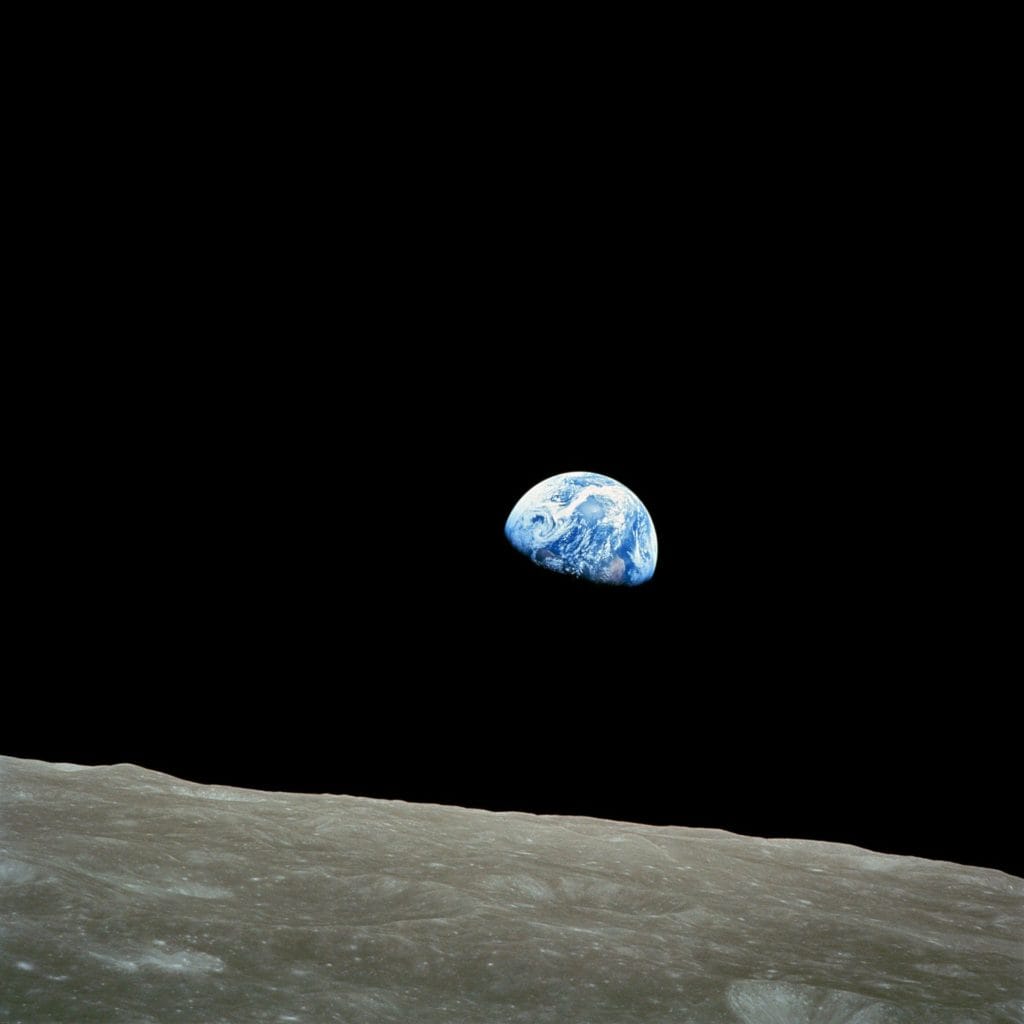
You may not be able to see them, but all those long miles away, your nearest and dearest are looking up at the sky and thinking of you. Soon, very soon, you will be able to see them in person once more. But you will have to be patient, just for a little while longer, until you are able to safely make the return journey and touch back down on the earth’s surface once more.
And that’s it, the probe you’ve planted has gathered all the data we need. That’s all I needed you to do today. Come back in, explorer. Your task is done. It’s time to go home.

